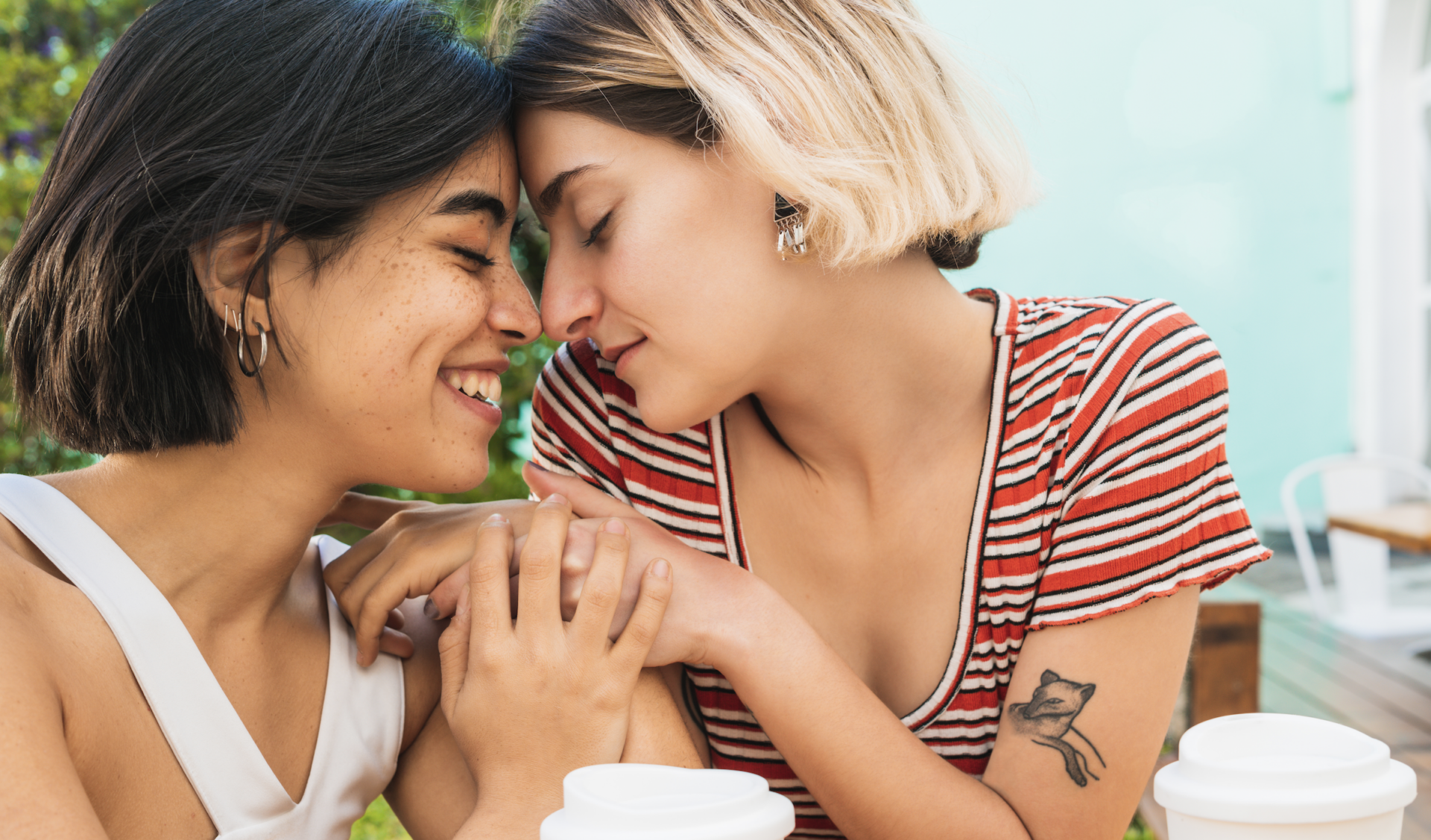Mainstream society tends to relate the LGBTQ+ movement to the open relationship dating evolution. Although these direct correlations are misguided, we’d be remiss not to explore the dynamic confluences.
In fact, both open relationships and LGBTQ+ relationships encounter similar challenges and dynamics. But what about the idea that LGBTQ+ relationships are more open to open relationships? Are open relationships more prevalent in LGBTQ+?
We’ll explore.
LGBTQ+ and Open Relationships – The History
When we consider ‘open relationships,’ or ‘non-monogamy,’ we must first understand that although some of these terms are new, their integration into historical cultures has a rich, long history. Many historical eras have leveraged open relationships, we aren’t new with this.
Many would mark the 1970s as a time when our culture experienced a “sexual liberation.” The LGBTQ+ community wasn’t new at the time, but only more concealed in it’s happenings. In other words (and obviously), those in the community were much less likely to live that life publicly for fear or repercussions and legal issues.
In many ways, this marks the initial intersection into where LGBTQ+ meets the open relationship movement. Their both breaks in traditional relationship structures which resulted in social condemnations and in some cases, legal embattlements.
Open Relationships Became Significant Part of Open Relationship Movement

Because the LGBTQ+ community already endures social blowbacks for not adhering to traditional relationship structures, one assumes that they are a bit weathered to the criticisms. But moreover, their own relationship structure being that of not consistent with social expectations makes them more liberated. And that liberation tends to result in more open relationships or ‘non-monogamy’ across the board. This is true of people who generally aren’t enslaved by social expectations.
It’s important to understand that open relationships aren’t exclusive to the LGBTQ+ community. Given the fact that you’re reading this on an open relationship dating site that embraces all sexual orientations, genders, and more, you probably knew that.
Open Relationships as a Challenge to Social Norms
There’s not much question that both LGBTQ+ and open relationships act as a challenge to social norms and an evolution in self-expression. Its a challenge to traditional heterosexuality.
Open relationships allow for an exploration both mentally and sexually for couples, and beyond. By embracing multiple romantic or sexual relationships, individuals can engage in a diverse range of experiences that can help them understand themselves better. This exploration can be particularly significant for individuals who may be questioning or coming to terms with their identity, or for those who feel restricted by traditional relationship models.
Open relationships help mold a sense of community among LGBTQ+ individuals who often feel marginalized and at times, forgotten. This community aspect can help defeat instances where isolation may harm people emotionally.
But its the sexual and romantic freedom that may be the strongest fiber that connects open relationships with the LGBTQ+ community. The diverse physical and mental expressions create identities and affirmation and drive a collective empowerment across the community. This is why open relationship dating websites like our continue to expand and grow. The historic stigmatized perspectives are being drown out by people looking to expand their creativity into their own relationships.
Future challenges and opportunities
Just because the LGBTQ+ community and open relationships are both growing in acceptance doesn’t mean the road ahead isn’t marred by obstacles. Although societal acceptance are making progress at the higher levels, there remains challenges in more micro-situations that’s often a result of less progressive mindsets, or perspectives enslaved by specific adherences to belief systems like some religions.
There are legal quandaries all over the United States. Although, some communities are taking action with open relationships. The same can be said for the LGBTQ+ community.
The future will be one where access to beneficial mental health resources is widespread, easy to access, and affordable to all in both communities.
However, the increased visibility for open relationships and LGBTQ+ community means more progressive steps in all of these aspects is likely.
In conclusion, while there are significant challenges ahead for LGBTQ+ individuals in open relationships, the future also holds considerable promise.



